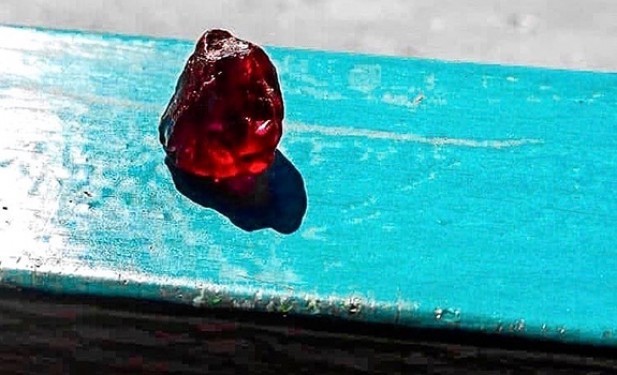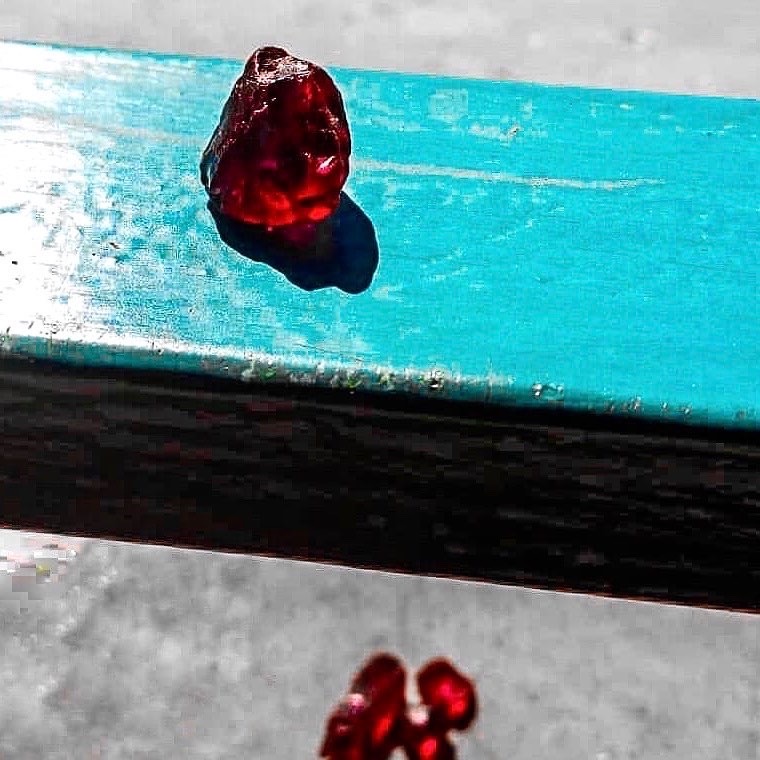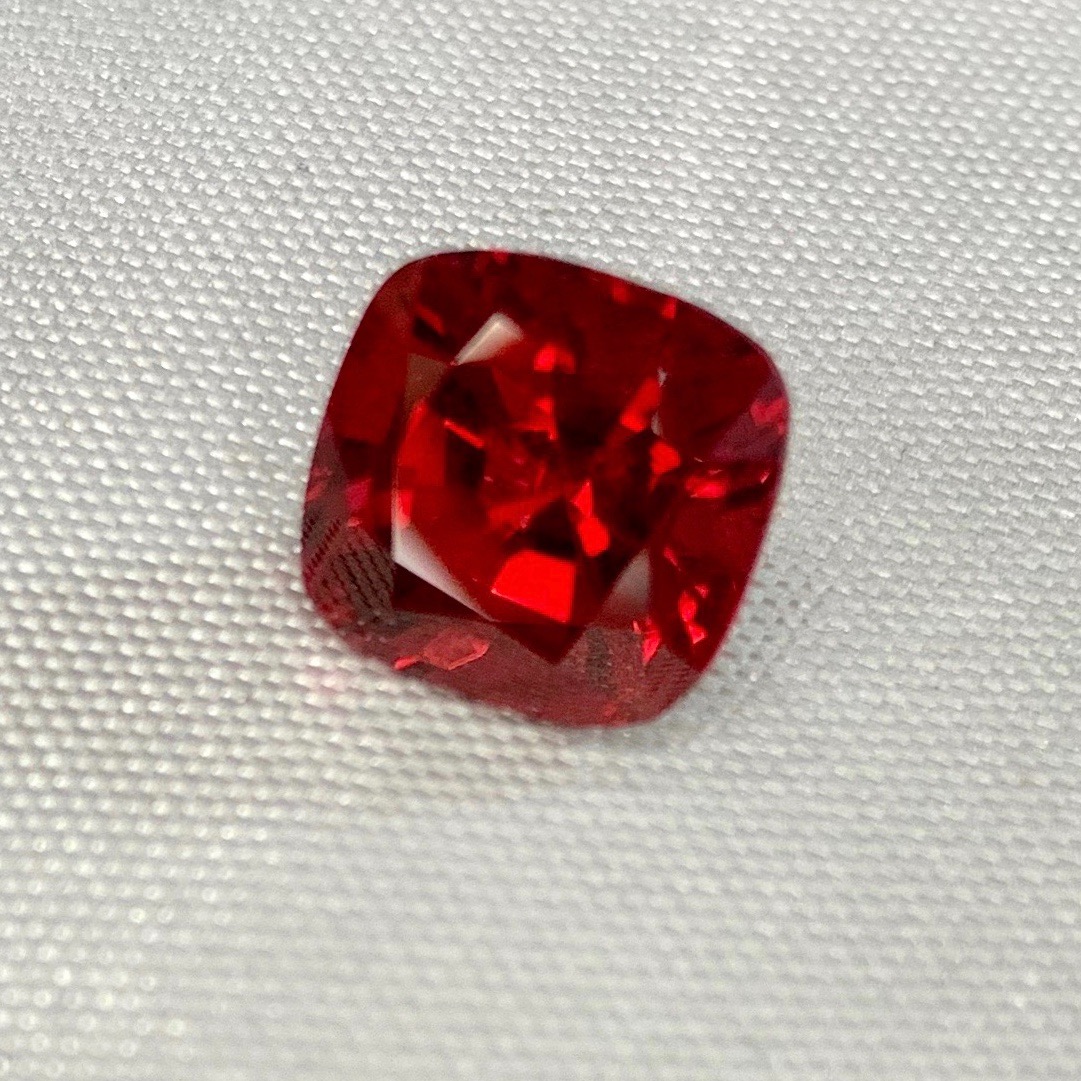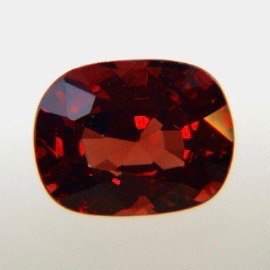



If you will go through various gemological materials and specialized sources, you could find there the information that brown or gray tint in a stone is not good option for the stone. Let's figure it out. In fact, this is not bad at all - it's just a fact.
BUT the presence of these shades in the stone should affect their price - these stones are ALWAYS cheaper. All other things being equal, of course.
What does the presence of a brown or gray tint in a stone mean? All colors can be conditionally divided into two groups: warm - pink, red, orange ..and cold - blue, blue .. The most important thing when we judge the color it is saturation of this color.
So here is a very interesting life hack - for warm shades, the presence of a brown tint in the stone means WEAK SATURATION. Likewise for colder shades - a gray shade is responsible for low saturation.
This tone is NOT BAD! This only means that the stone is not top-end in one of the most important parameters - in color, and therefore MUST NOT be expensive. But at the same time, these stones can be very nice and attractive.
For example, a red spinel of the classic bright red color will cost significantly more than the same red spinel, which has a brownish tint.


Or sapphire - pure cornflower blue sapphire will be much more expensive than the same pure sapphire, but blue-gray.
Bright orange spessartine will always be more expensive than brownish orange.
https://www.instagram.com/p/?igshid=ai7ej6w65fdh
So both brown and gray shades are not bad, just such stones should be CHEAPER